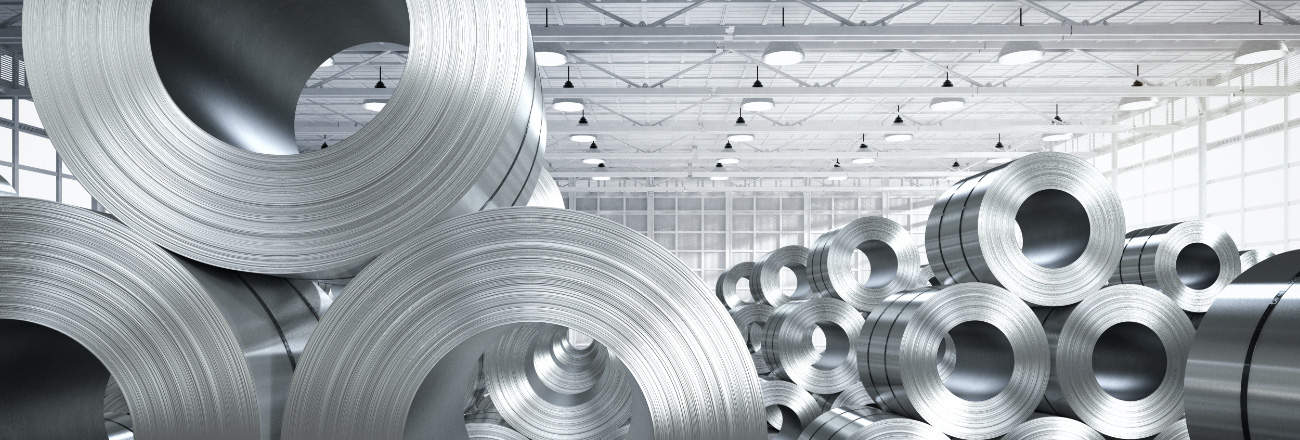Smelter uncertainty has knock-on effects.

With the Tiwai Point aluminium smelter representing 13-15% of New Zealand’s electricity demand, the announcement in July of its forthcoming closure had a big impact on the market. There was an immediate drop in the forward electricity price, but we also saw political parties jumping into the debate. There were a range of election promises to renegotiate supply arrangements and keep the smelter open if they got into power.
We’re still faced with market uncertainty – and this is triggering some interesting side effects on electricity pricing.
One thing is certain – transmission pricing will change.
Even if Tiwai stays, transmission benefits for the smelter could be heading toward $50 million to make it worthwhile. With the lines provider still needing to make a dividend payment to the government, this will need to be collected from North Island customers. Another possibility is that the government will subsidise the smelter in some other way.
If the smelter goes, the increase in transmission costs will then be distributed across all consumers. Either way, someone’s going to pay, and it won’t be the smelter.
Foundation work has begun on the CUWLP lines project, and the target date for its completion is May 2022. Any spare capacity from Manapouri cannot be accessed by the rest of the country before that date.
King coal dethroned in the south?
The prospect of lower South Island electricity prices may be the catalyst to encourage some dairy companies to switch from coal to electricity, and thus take up the slack from Manapouri if the closure eventuates.
But how do you make plans with this uncertainty forming a major component of the business case? The substitution of coal is a great thing for New Zealand’s decarbonising strategy, but it’s a reminder that the smelter closure gives energy customers a breathing space to make good decisions, not forgo plans or think they’ve just dodged a bullet when their electricity contracts expire.
It won’t be a sudden switch.
Tiwai would still need to work through a wind-down period that might take around 12 months. This would be in managed increments, so don’t expect smelter usage to drop to zero overnight. As of now, closure is still scheduled for August 2021 but this may be delayed based on election promises from politicians.
Whether this is the first item on the to-do list of the incoming government, who knows?
Remember, it’s not just about Tiwai.
Gas availability in North Island should improve. However, there are still issues with Pohokura, and even after three months, there is no clear answer for the drop in gas production.
If Tiwai closes as notified, then the business case for new solar, wind and geothermal generation will take a hit for a few years. For these projects to go ahead, New Zealand almost needs the smelter to stay.
Other major users like the NZ Refinery and NZ Steel are either reviewing their current usage or have already committed to operation reforms. As was the case with the smelter, this too could bring about lower electricity prices.
Hydro storage levels are sitting at about 95% of average for this time of year, compared with around 79% as at 12 July 2020.
So where are we today?
A market drop was expected, and it certainly occurred. Today we have more water in our lakes, a smelter that’s still on track to close, politicians that have promised to negotiate to keep it open, and a forward electricity price that is right back to where it was on 8 July 2020, before the closure announcement.
Apart from election promises, there is still nothing substantive that should affect pricing for the remainder of 2020 and into 2021. With a snow pack that’s one of the lowest on record, we still need rain over our hydro catchments before we can expect to see electricity prices soften.
Overall, the electricity market is still grappling with a bunch of ‘what if’ scenarios. Until we get some clear direction – be it from the smelter or the government – it’s still a bit of a punt. Time and rain remain key factors. We will keep you updated as developments occur.